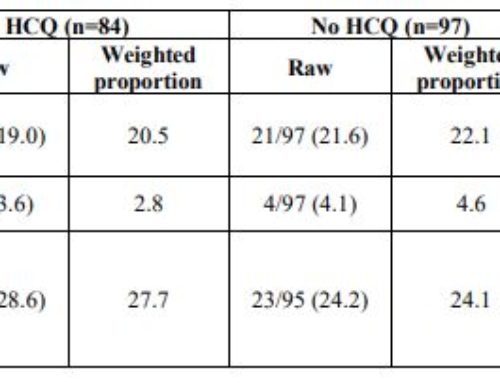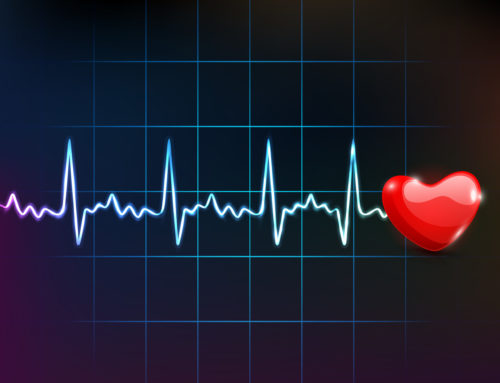Thanks to my colleague Dr. Hacho Bohossian for developing this list of thoughtful strategies to preserve our workforce and our PPE!
Care of the Patient with Suspected COVID-19
The care of patients with suspected or confirmed COVID-19 presents numerous challenges. Please consider the following adjustments to your usual care when dealing with all patients on droplet isolation precautions. These changes will rarely sacrifice quality and frequently improve overall outcomes. The rational for these suggestions is three-fold:
- Conserve our use of PPEs
- Protect our health care worker from unnecessary exposure to patients
- Protect patients from asymptomatic healthcare workers who are carriers of COVID-19
Consider the following changes to your routine clinical orders
Medication Orders
Closely examine your medications orders for ways to minimize contact between health care workers and patients. Consider if a medication given several times a day can be given daily instead. Below are just some common examples:
- Do NOT routinely fractionate cardiovascular medications. This practice is not evidence based and if anything has been associated with worse outcomes in perioperative medicine. Strongly consider maintaining the patient’s home regimen and do not fractionate into four times a day formulation
- Oral hypoglycemic are routinely stopped and converted into injectable insulin for hospitalized patients. While that practice is widely accepted, it is not supported by any clinical trials. Closely examine if changing your patient’s diabetic regimen is necessary. In many situations, you may be able to simply continue their home oral regimen.
- Strongly consider if your need sliding scale insulin. This would require 3-4 times a day glucose check leading to countless interactions between health care workers and patients. If your patient is on once daily lantus at home and no sliding scale, consider keeping that regimen and using your morning labs as the fasting sugar
- When selecting Antibiotics, consider once a day options
- Do you need Cefepime three times a day or would once daily CTX suffice?
- When antibiotics are almost the same, choose the one given less often: ertapenem over imipenem, cefazolin over oxacillin, etc.
- For patients with simple cystitis, avoid nitrofurantoin which is 4 times a day at NWH. Consider Fosfomycin or Bactrim
- If your patient needs DVT prophylaxis, use enoxaparin instead of heparin. Please remember that enoxaparin can be safely used in patients with CrCl<30 as long as their renal function is stable
- Reassess the need for IVF. These should be used sparingly in patients with suspected COVID-19
Other Orders
There are numerous orders used on a daily basis that are worth reexamining for the same reasons. These include:
- I/O: as you know rarely done accurately. Avoid ordering
- Daily weights: consider if you really need this information every day
- Vital signs: Is your patient clinically stable? Can you get away with q8 vital signs?
- Telemetry and Continuous Oxygen Monitoring. Obviously, these modalities have their role especially in severe COVID-19 disease, but they are widely overused. Both forms of monitoring produce an inordinate amount of false alarms necessitating frequent interactions between health care workers and the patient
- Daily Labs: Re-examine the need for these. Be creative with your labs ordering
- Is your patient getting a Vanco trough at 1300? Consider getting daily labs then
- Did you admit a patient from the ER at 2300? You probably don’t need labs in seven hours again.
- These have never been found to be effective in medical patients. Please do not order unless you have a compelling reason (high DVT risk, cannot get chemoprophylaxis)
- Minimize patient transport as much as possible. If imaging is needed, consider if portable imaging can be done in the room



You ought to take part in a contest for one of the best sites on the internet.
I am going to recommend this site!